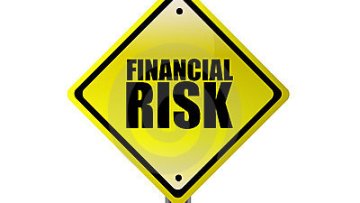Systemic risk, loosely defined, describes the risk that large parts of the financial system will collapse, leading to potentially far-reaching consequences both within and beyond the financial system. Such risks can materialize following shocks to relatively small parts of the financial system and then spread through various contagion channels. Assessing the systemic risk a bank poses to the system has thus become a central part of regulating its capital requirements.
14:15
Cherednik algebras at infinity
Abstract
Heckman introduced N operators on the space of polynomials in N variables, such that these operators form a covariant set relative to permutations of the operators and variables, and such that Jack symmetric polynomials are eigenfunctions of the power sums of these operators. We introduce the analogues of these N operators for Macdonald symmetric polynomials, by using Cherednik operators. The latter operators pairwise commute, and Macdonald polynomials are eigenfunctions of their power sums. We compute the limits of our operators at N → ∞ . These limits yield a Lax operator for Macdonald symmetric functions. This is a joint work with Evgeny Sklyanin.
Instabilities in the self-similar motion of a solidification front
Structure of martingale transports in finite dimensions
Abstract
Martingale optimal transport is a variant of the classical optimal transport problem where a martingale constraint is imposed on the coupling. In a recent paper, Beiglböck, Nutz and Touzi show that in dimension one there is no duality gap and that the dual problem admits an optimizer. A key step towards this achievement is the characterization of the polar sets of the family of all martingale couplings. Here we aim to extend this characterization to arbitrary finite dimension through a deeper study of the convex order
Trading ethics for quants
Abstract
I spent a number of years trading government bonds and interest-rate derivatives for Barclays Capital. This included the period of the financial crisis, and I was a colleague of some of the Barclays traders charged with fraud related to LIBOR rate manipulation. I will present a some examples of common trading scenarios, and some of the ethical issues these might raise for quants.


